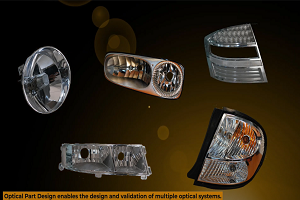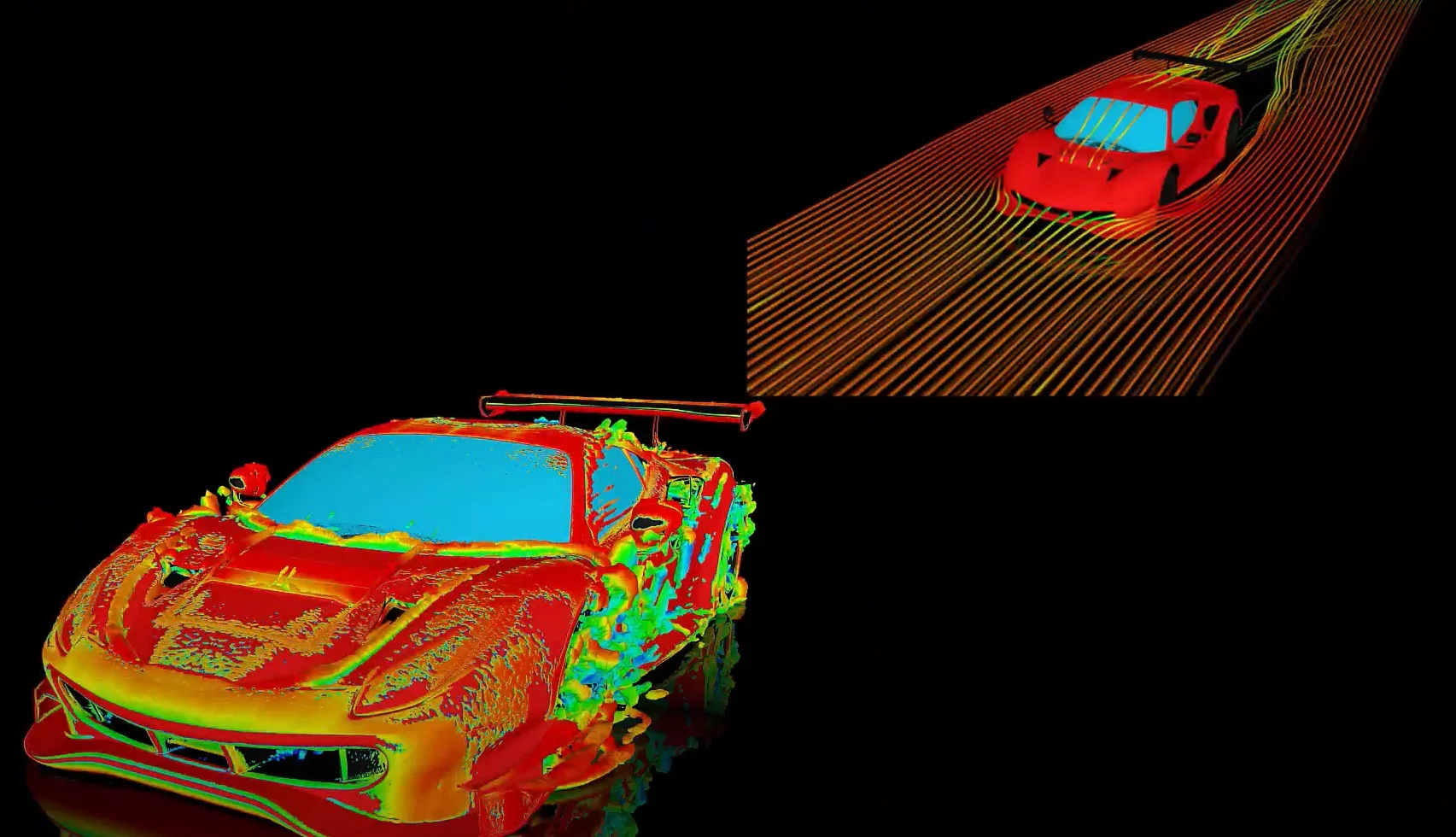Why is initial distance between general edge-edge contact (vis GCGEN) on shell element perimeters always reported as a “gap” even when the shell edges are actually penetrating?
-
-
April 5, 2023 at 2:33 pm
 FAQParticipant
FAQParticipantThis is a code limitation. Code cannot distinguish between gaps and penetrations at the start of the analysis. To get edge-edge contact (via GCGEN,,,2) to work in such applications, make sure there is a real “gap” at start of analysis. Zero gap or small penetration will not work, regardless of pinball.
-


Introducing Ansys Electronics Desktop on Ansys Cloud
The Watch & Learn video article provides an overview of cloud computing from Electronics Desktop and details the product licenses and subscriptions to ANSYS Cloud Service that are...

How to Create a Reflector for a Center High-Mounted Stop Lamp (CHMSL)
This video article demonstrates how to create a reflector for a center high-mounted stop lamp. Optical Part design in Ansys SPEOS enables the design and validation of multiple...

Introducing the GEKO Turbulence Model in Ansys Fluent
The GEKO (GEneralized K-Omega) turbulence model offers a flexible, robust, general-purpose approach to RANS turbulence modeling. Introducing 2 videos: Part 1 provides background information on the model and a...

Postprocessing on Ansys EnSight
This video demonstrates exporting data from Fluent in EnSight Case Gold format, and it reviews the basic postprocessing capabilities of EnSight.

- How to reduce contact penetration?
- How to decide which side should be Contact and which should be target in Contact definition?
- What is the difference between secant and instantaneous coefficients of thermal expansion (CTE)?
- How to use the Newton-Raphson residuals option under Solution Information?
- Does ECAD trace mapping support more than one type of trace material (usually copper) in the same layer?
- How to plot stresses of a beam connection in Workbench?
- How do I export all result objects data in tabular format?
- How can I apply a controlled rotation in ANSYS Mechanical
- Difference Between Environment Temperature and Reference Temperature in Mechanical
- How to find total heat flowing through a surface in Mechanical?

© 2025 Copyright ANSYS, Inc. All rights reserved.

